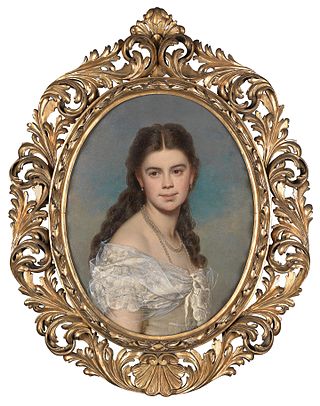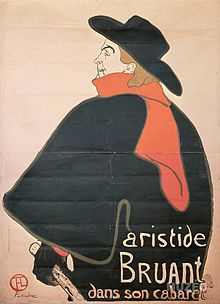.jpg) |
| Romans during the Decadence (1847) |
p 383 | Étienne Pierre Théodore Rousseau (1812–67) was a French painter of the Barbizon school (realism in art).
p 385 | Angelus: The Angelus (Latin for "angel") is a Catholic devotion commemorating the Incarnation... called the "prayer of the devotee", traditionally recited three times daily: 6:00 am, noon, and 6:00 pm.... The Angelus is usually accompanied by the ringing of the Angelus bell, which is a call to prayer and to spread good-will to everyone. The angel referred to in the prayer is Gabriel, a messenger of God who revealed to Mary that she would conceive a child to be born the Son of God.
p 386 | florilegium=a collection of literary extracts; an anthology.
p 386 | Auguste Vacquerie (French writer, 1819-95); Paul Meurice (French writer, 1818-1905); Victor Hugo (1802–85).

p 387 | "...not in the least timorous..." = not showing or suffering from nervousness, fear, or a lack of confidence.
p 389 | beadle=A beadle is a church leader. Often, a beadle serves as an usher or manages charities for the church. The noun beadle isn't used very often in American English, though it's still fairly common in Britain, where beadles hold symbolic or ceremonial jobs in parishes or at universities.
p 389 | sursum corda (Latin: "Lift up your hearts" or literally, "Hearts lifted").
p 390 | The Most Serene House of Condé was a French princely house and a cadet branch of the House of Bourbon. The name of the house was derived from the title of Prince of Condé that was originally assumed around 1557 by the French Protestant leader, Louis de Bourbon (1530–1569), uncle of King Henry IV of France, and borne by his male-line descendants.
p 390 | ... wearing a ruff... : An item of clothing worn in Western Europe from the mid-16th century to the mid-17th century, primarily. The ruff, worn by men, women and children, evolved from the small fabric ruffle at the drawstring neck of a shirt or chemise. This changeable piece of cloth could be laundered separately while keeping the wearer's doublet from becoming soiled at the neckline.
p 391 | Man proposes, but God disposes is a translation of the Latin phrase Homo proponit, sed Deus disponit from Book I, chapter 19, of The Imitation of Christ by the German cleric Thomas à Kempis.






